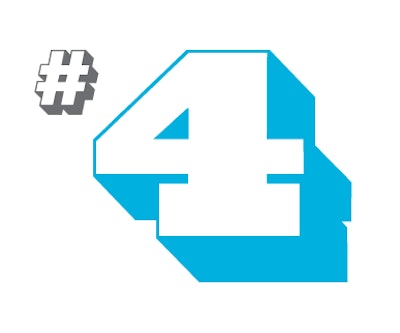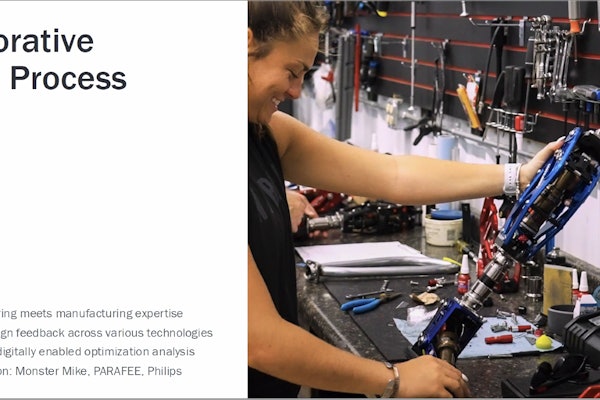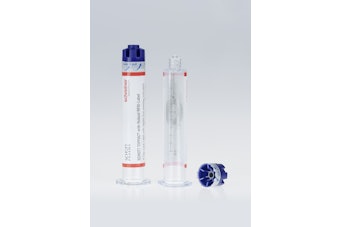
The spotlight is on packaging professionals to succeed in protecting products delivered to your door, while using less materials.
“E-commerce is changing product handling and the supply chain needs to change; it’s archaic but more robotics will help,” says one Packaging Manager, consumer goods.
The majority of CPGs polled report changing secondary packaging, but close to 40% are looking at changing primary packaging as well. “There is no magic wand for e-commerce, no standardized solutions,” says one CEO of a package design firm. “Every company that works with e-commerce has had to rethink their strategy.”
Breakage and leaks remain a problem, with CPGs paying up to fifty cents per package to Amazon for prep work. Thirty to forty percent returns for damaged goods is not a sustainable model. In some cases, brand owners of extremely delicate or large and heavy items may have to reach the conclusion that their products do not fit the e-commerce model.
To meet the challenge, many companies (46% of those polled) are creating special positions or departments. Others are turning to contract packagers for help. According to the new report, contract packagers are predicting double digit growth (11.9%) to meet e-commerce demand.
For more information on CPGs, 3PLs and packaging OEMs, download the FREE Executive Summary, or, PMMI members can access entire 56-page report here.
To see all ten articles in this series, click here.
Interested in the latest developments with e-commerce in Europe? E-Pack Europe, March 25-27, 2019. Click here. Readers receive a 10% discount with the code EPS19PMMI.
The spotlight is on packaging professionals to succeed in protecting products delivered to your door, while using less materials.
“E-commerce is changing product handling and the supply chain needs to change; it’s archaic but more robotics will help,” says one Packaging Manager, consumer goods.
The majority of CPGs polled report changing secondary packaging, but close to 40% are looking at changing primary packaging as well. “There is no magic wand for e-commerce, no standardized solutions,” says one CEO of a package design firm. “Every company that works with e-commerce has had to rethink their strategy.”
Breakage and leaks remain a problem, with CPGs paying up to fifty cents per package to Amazon for prep work. Thirty to forty percent returns for damaged goods is not a sustainable model. In some cases, brand owners of extremely delicate or large and heavy items may have to reach the conclusion that their products do not fit the e-commerce model.
To meet the challenge, many companies (46% of those polled) are creating special positions or departments. Others are turning to contract packagers for help. According to the new report, contract packagers are predicting double digit growth (11.9%) to meet e-commerce demand.
For more information on CPGs, 3PLs and packaging OEMs, download the FREE Executive Summary, or, PMMI members can access entire 56-page report here.
To see all ten articles in this series, click here.
Interested in the latest developments with e-commerce in Europe? E-Pack Europe, March 25-27, 2019. Click here. Readers receive a 10% discount with the code EPS19PMMI.
The spotlight is on packaging professionals to succeed in protecting products delivered to your door, while using less materials.
“E-commerce is changing product handling and the supply chain needs to change; it’s archaic but more robotics will help,” says one Packaging Manager, consumer goods.
The majority of CPGs polled report changing secondary packaging, but close to 40% are looking at changing primary packaging as well. “There is no magic wand for e-commerce, no standardized solutions,” says one CEO of a package design firm. “Every company that works with e-commerce has had to rethink their strategy.”
Breakage and leaks remain a problem, with CPGs paying up to fifty cents per package to Amazon for prep work. Thirty to forty percent returns for damaged goods is not a sustainable model. In some cases, brand owners of extremely delicate or large and heavy items may have to reach the conclusion that their products do not fit the e-commerce model.
To meet the challenge, many companies (46% of those polled) are creating special positions or departments. Others are turning to contract packagers for help. According to the new report, contract packagers are predicting double digit growth (11.9%) to meet e-commerce demand.
For more information on CPGs, 3PLs and packaging OEMs, download the FREE Executive Summary, or, PMMI members can access entire 56-page report here.
To see all ten articles in this series, click here.
Interested in the latest developments with e-commerce in Europe? E-Pack Europe, March 25-27, 2019. Click here. Readers receive a 10% discount with the code EPS19PMMI.





















